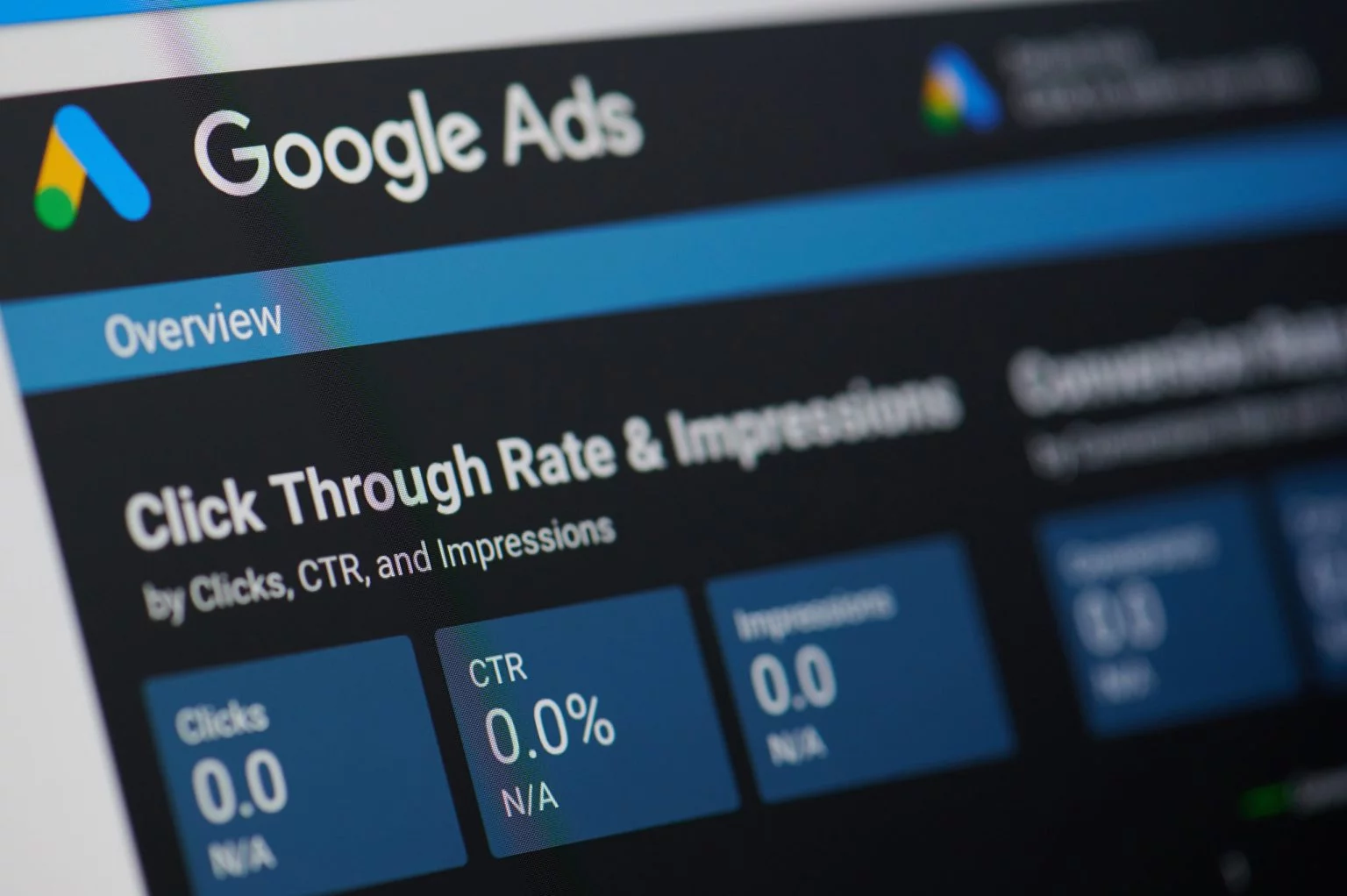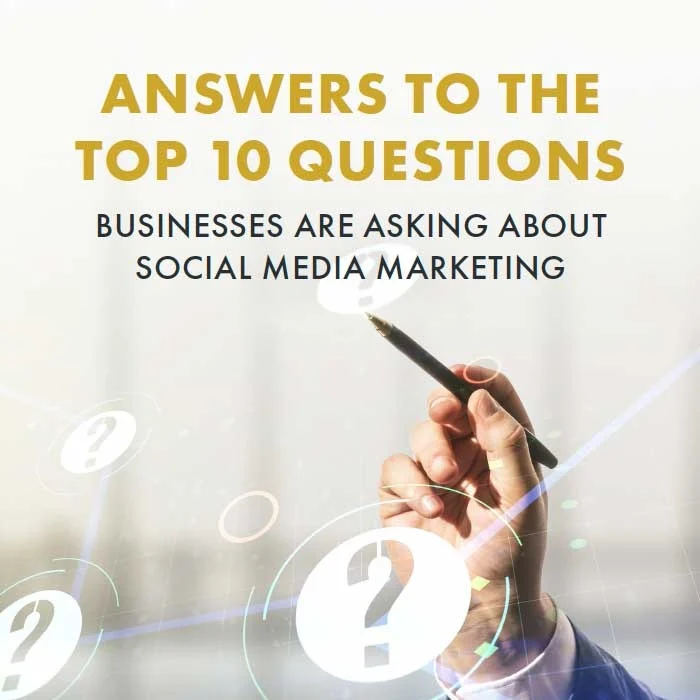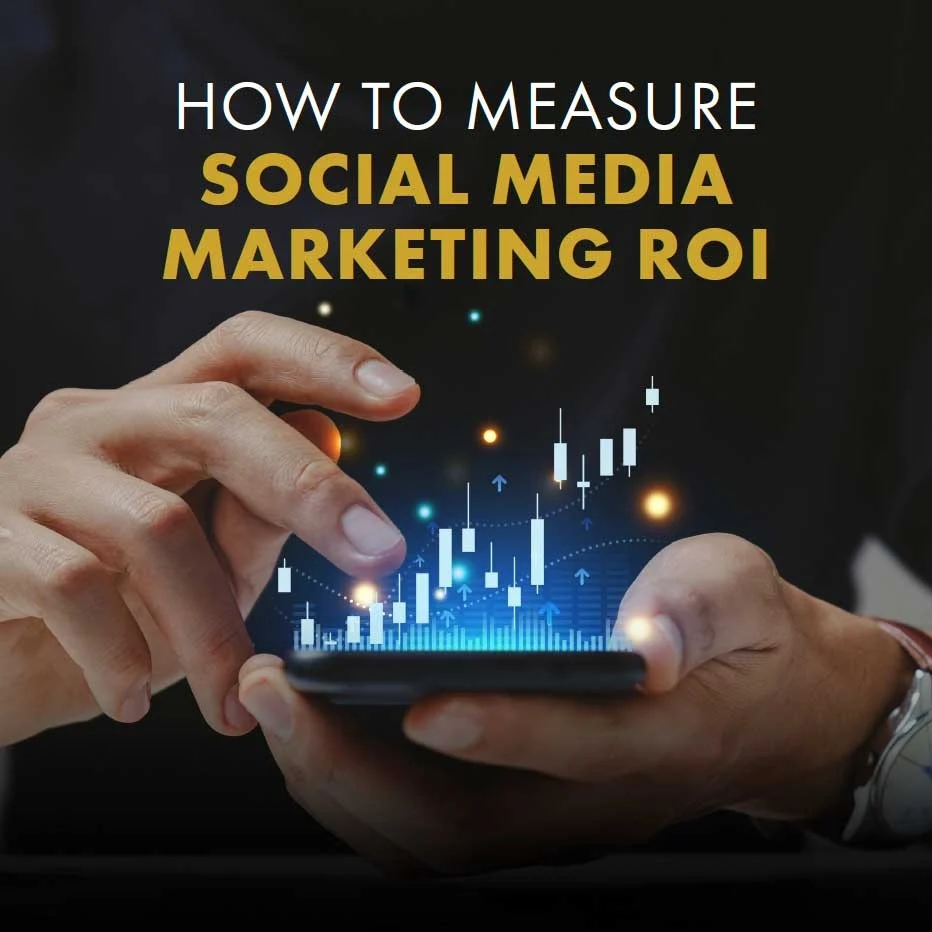Are you ready to take your business to the next level? Whether you're a small business owner, an entrepreneur, or a digital marketer, having a strong presence online isn't just an option—it's a necessity. This blog will teach you how to craft and optimize your digital presence to build trust, connect with your audience, and drive success.
To increase your likelihood of success, a comprehensive digital strategy may include content marketing and social media management, developing an SEO-friendly website, targeted display ads, SEO, Connected TV, online video, and creating meaningful connections with customers.
By the end of this guide, you’ll know the essential components of a killer digital presence, how to implement strategies that work, and how to stand out in a crowded online landscape. Here are your tips for online success.
What Is a Digital Presence?
Your digital presence is the way your business appears online. Think of it as your virtual personality—the combination of your website, social media channels, search engine presence, digital targeting, and online interactions.
It’s not just about checking off a list of platforms like "Yes, we have a website." It’s about how effective, engaging, and consistent you are across those platforms. When done right, your digital presence becomes your most powerful business asset, capturing attention, building trust, and converting visitors into loyal customers.
But is building a digital presence complicated? Nope. All you need is the right mindset, strategy, and some pro tips (which you’ll find here).
Why Digital Presence Matters
Picture this scenario:
You need a service. You Google your options:
- Company A has a sleek website, an active social media strategy, and excellent reviews.
- Company B's website looks like it’s trapped in 2005, and its social media hasn’t been updated in a year.
Which one are you going to trust? That’s the power of a strong digital presence.
Today's customers research businesses online before they engage with them. Without a robust and professional digital presence, you risk losing them to a competitor.
The Trust Factor
Your digital presence is your chance at a strong first impression, much like a firm handshake or a friendly smile. Here's what it gives you:
- Credibility. A polished online presence screams professionalism.
- Accessibility. Customers can find the information they need quickly.
- Engagement. It enables two-way communication with your audience.
- Authority. Sharing valuable content helps position your brand as a thought leader.
Building Your Digital Presence, Step by Step
Wondering where to start? Below, we break down your digital presence into key components. Follow this guide, and you'll move from invisible to unmissable.
1. Your Website: The Cornerstone of Your Online Branding
Think of your website as your digital "home base." It’s your most valuable asset and sets the tone for your business.
Must-Have Features:
- Fast Loading Speed. A slow website loses visitors. Studies show users abandon a page if it takes longer than 3 seconds to load.
- Mobile Optimization. Over 60% of web traffic comes from mobile devices. If your site doesn’t look or work great on a phone, you’re missing out.
- Clear Call-to-Actions (CTAs). Guide visitors to take action with buttons like “Contact Us,” “Learn More,” or “Shop Now.”
- SEO Optimization. Use keywords naturally in your content (like "digital strategy" and "online branding") to improve your search ranking.
Focus on user experience (UX). If navigating your website feels like solving a puzzle, visitors will leave.

2. Social Media Engagement
Social media isn't just for selfies or cat videos (though we do love a good meme). It’s one of the most effective tools to connect with your audience and build online relationships. So, having a social media game plan is crucial in today's world.
Platform Breakdown:
- Facebook. - Ideal for community building and regular updates. Great for small businesses with local audiences.
- Instagram. Perfect for visually showcasing your brand. Think behind-the-scenes, testimonials, and product highlights.
- LinkedIn - The hub for professional networking, ideal for B2B businesses.
- Twitter/X - Best for participating in trending conversations and sharing quick updates.
Social Media Tips:
- Stay Consistent - Post regularly to keep your audience engaged.
- Engage With Followers - Reply to comments and DMs. Social media is a two-way street.
- Follow Trends - Use trending hashtags and formats (like Instagram Reels).
Pro Tip: Create content tailored to each platform. A caption that works on LinkedIn might not land well on Instagram.
3. Search Engine Optimization (SEO): Getting Found Online
Your website won’t be effective if no one can find it. That’s where Search Engine Optimization (SEO) comes into play. By optimizing your website for keywords relevant to your industry and products, you can bring in more traffic organically.
SEO Checklist:
- Use keywords naturally across your website (like “digital strategy” or “online branding” here).
- Write meaningful headlines and meta descriptions that explain your page’s purpose and spark curiosity.
- Create valuable content. Blog posts, FAQs, and guides not only engage users but also attract search engines.
Want the secret to long-term visibility? Consistent content updates paired with a data-driven SEO strategy.
4. Digital Targeting & Analytics
Gone are the days of marketing to everyone and hoping for the best. AI, algorithms, and analytics help you target the right audience effectively.
Tools for Audience Targeting:
- Google Analytics. Learn who visits your site, how they found you, and which pages they like most.
- Facebook Ads Manager. Target your ads to specific demographics for maximum ROI.
- Email Marketing Tools. Platforms like Mailchimp or Klaviyo allow you to send personalized email campaigns.
Why Analytics Matter:
Collect data, analyze patterns, and adjust your strategies. If a campaign doesn’t deliver results, analytics show you why.
5. Online Reviews & Community Interaction
People trust people. Online reviews are modern-day word-of-mouth. A potential customer might Google “[Your Business Name] reviews” before deciding to buy.
Encourage current customers to:
- Leave reviews on Google or Yelp.
- Share their experience on social media and tag your business.
- Write testimonials that you can showcase on your website.
Also, cultivate a sense of community. Respond kindly to both positive and negative feedback—it shows you care.
6. Authenticity = Relevance
Be authentic—it’s one of the most underutilized brand strategies. Transparency + relatability = trust.
- Share your origin story. “Why did you start your business?”
- Highlight employees or behind-the-scenes moments.
- Give back—organize a charity partnership or show how your business is helping others.
Authenticity humanizes your brand and sets you apart in a competitive marketplace.
Pro Tips for Digital Growth
You’re on your way to dominating the digital world, but here are a few bonus tips to supercharge your progress:
- Be Consistent. Your tone, design, and branding should align across every platform.
- Stay Relevant. Trends and technologies change rapidly—keep learning.
- Always Engage. Reply to comments, ask questions, and foster meaningful conversations.
- Data Is King. Use analytics to improve your strategies and scale smarter.
- Never Stop Growing. Your digital strategy will evolve—embrace it.
Start Building Your Digital Legacy
Rome wasn’t built in a day, and neither is your digital presence. But by focusing on the essentials—an optimized website, engaging social media, strategic SEO, and authentic connections—you’ll be ahead of most businesses.
Remember, the online world is waiting to hear from YOU. Take that first step today.
Want help creating a personalized digital strategy for your business? Contact us to learn more!



.webp)























































